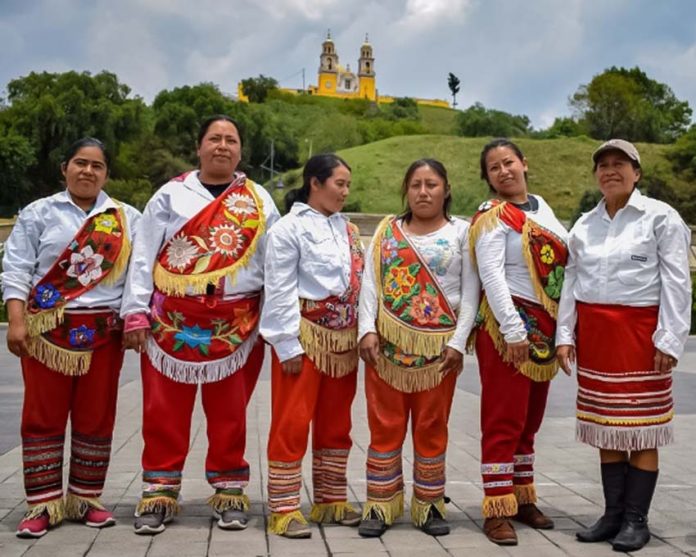High above the crowd, five people in colorful costumes ascend a tall pole to flute music. When the moment is just right, four of them throw themselves off the pole simultaneously, with only unwinding cords keeping them from crashing below.
This is the internationally known “dance” of the voladores or “flyers.”
At one time, women were strictly forbidden to “fly,” but more than 30 years ago, that began to change.
Depictions of flyers are found as early as pre-Classic (1500 B.C. to AD 200) Mesoamerica, with participants in costumes of sacred birds — eagles, quetzals and parrots — spinning in the air from a tall tree cut and placed in the ground for the purpose.
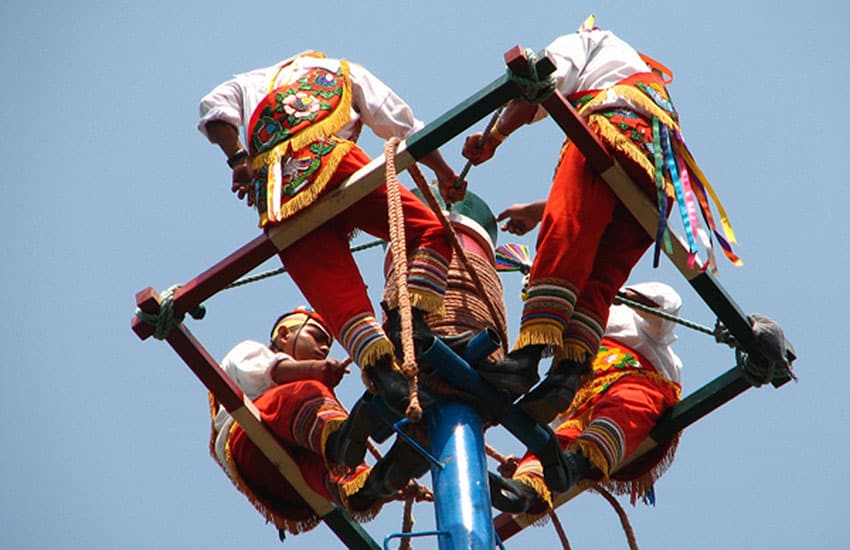
The first major change it underwent was to designate it a “dance” rather than a religious fertility ritual, likely to keep the Spanish from prohibiting it entirely. The bird costumes gave way to the highly-stylized outfits worn today.
The phallic imagery of the pole piercing Mother Earth to encourage her bounty is easy to see. Considering it’s a ceremony that once meant life or death for the community, it’s also easy to see how performing it correctly would be considered essential — and how changes would be strongly resisted.
With the imposition of Catholicism weakening indigenous religion, it is likely that the beliefs that the ritual was impregnating the earth gave way to other rationale for the insistence on male flyers. As recently as 2007, volador association captain Miguel Tirso Vázques of Zozocolco, Veracruz, described women as having “bad fevers” that create a “risk factor.”
Several decades ago, captain Genero Hernández of Papantla, Veracruz, was more blunt: “Women are evil beings. They bring bad luck and should not be accepted to the dance.”
But the barrier was first broken in 1972 by Isabel Arroyo Cepeda of Cuetzalan, Puebla, causing an uproar in eastern Mexico, where the ritual survives best. Her father, a respected captain named Jesús Arroyo, succumbed to her pleas and taught her to be a voladora (female flyer) in private.
In 2006, Captain Arroyo died falling from a pole, which some still believe today was divine retribution for teaching her and other women. The struggle for voladoras is ongoing, with more success in some places than others.
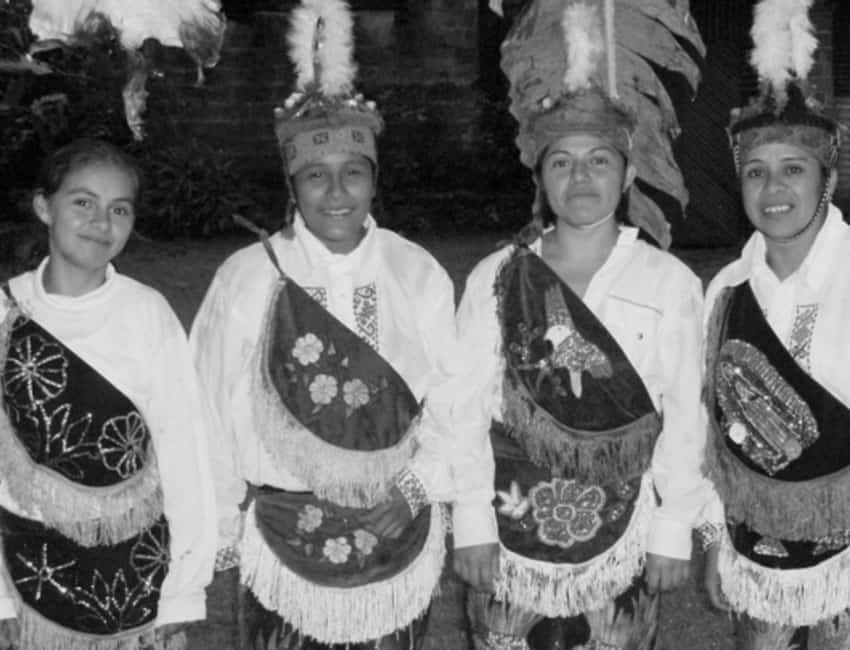
Those who permit women flyers have different rules: some put harsher requirements on women than on men, such as virginity and special prayers of forgiveness to counter the possible “evil” they could invoke.
Most voladoras are found in the Sierra Norte region of Puebla, not only because the Arroyos are from there but also because it has the most flyers and flyer groups in general. Papantla’s flyers may be more famous, thanks to tourist promotions, but they rank behind Puebla overall, and way behind in female participation.
Only Zozocolco has been known to regularly have female flyers, and Papantla did not have its first documented voladora until Sarai Morales in 2019. There are one or two flyer troupes each in San Luis Potosí and Michoacán, but all have at least one female member.
Isabel Arroyo and other voladoras insist that they have every right to fly.
“A woman’s dance … has the same value before the gods. We, too, know how to fly like the birds,” she says.
It’s near-impossible to find hard data about voladoras: compiled numbers, locations and demographic information is nonexistent, and anecdotal evidence is contradictory. Another issue is that most voladoras join very young and leave when they start college or get married.
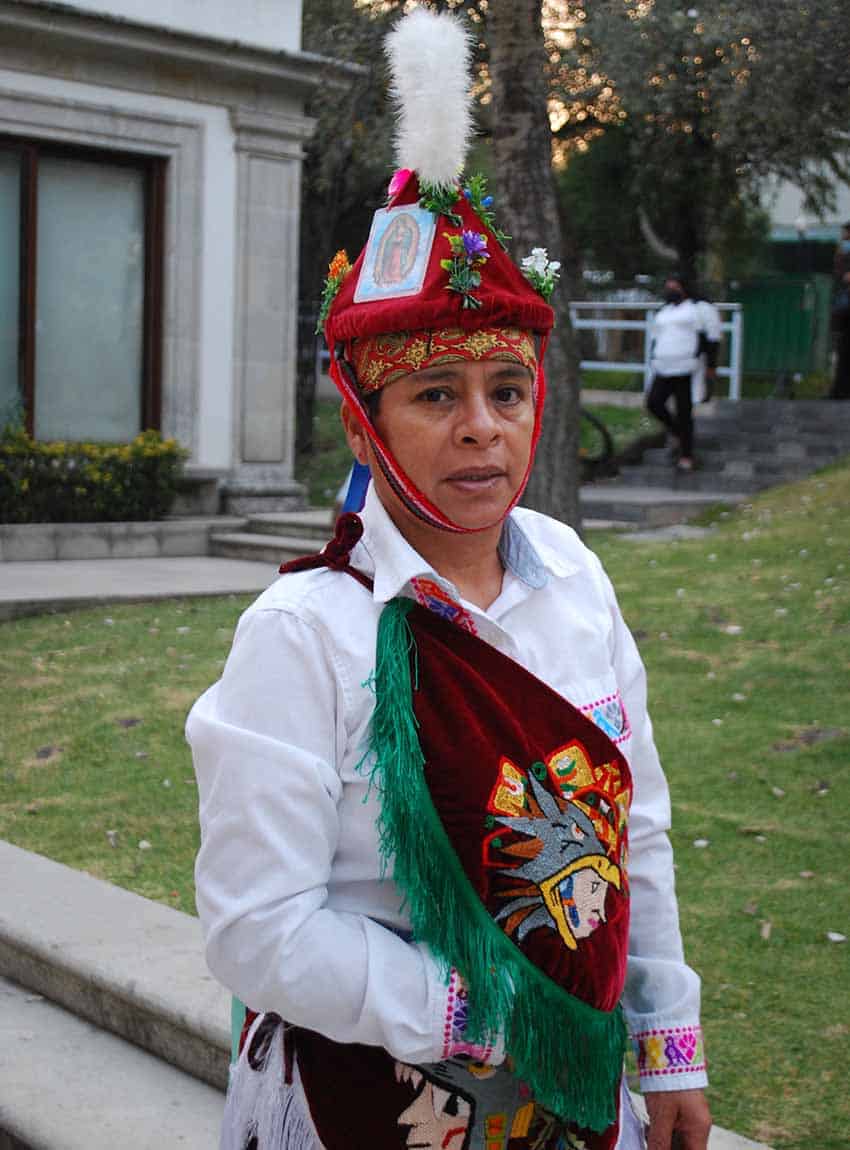
One exception is Jacinta Teresa Hernández, who remembers her first jump in Cuetzalan 34 years ago as if it were yesterday. She agrees that she receives a lot of support from her hometown, but not necessarily from voladores in other areas.
“There is still a lot of machismo among the more ‘closed’ Totonacs [Indigenous people of Veracruz, Puebla and Hidalgo] who complain that women take all the attention and who question our motives.”
But it does seem that Cuetzalan and the surrounding areas have the highest acceptance and largest number of active women, with Papantla having the least. Luis Arturo Díaz Rivera, a 26-year flyer and member of the National Council of Voladores, says that younger generations are more accepting of women flyers, which could be a good sign for the future.
Voladoras do garner much attention, but paradoxically it is because it is still considered abnormal.
In 2006, Hernández’s all-female troupe Guerreras del Sol (Warriors of the Sun) were featured on an episode of a Mexican soap opera. In 2009, “Voladora,” a short film about the life of Viviana Guerrero of Zozocolco premiered. In 2011, Spanish anthropologist Eugenia Rodríguez Blanco did an extensive study of voladoras, and in the past year, National Geographic did a story of the women flyers of Cuetzalan.
The National Council of Voladores does not consider the participation of women to be controversial but leaves final decisions to local authorities. They are more concerned with other issues, in particular the commercialization of the ritual.
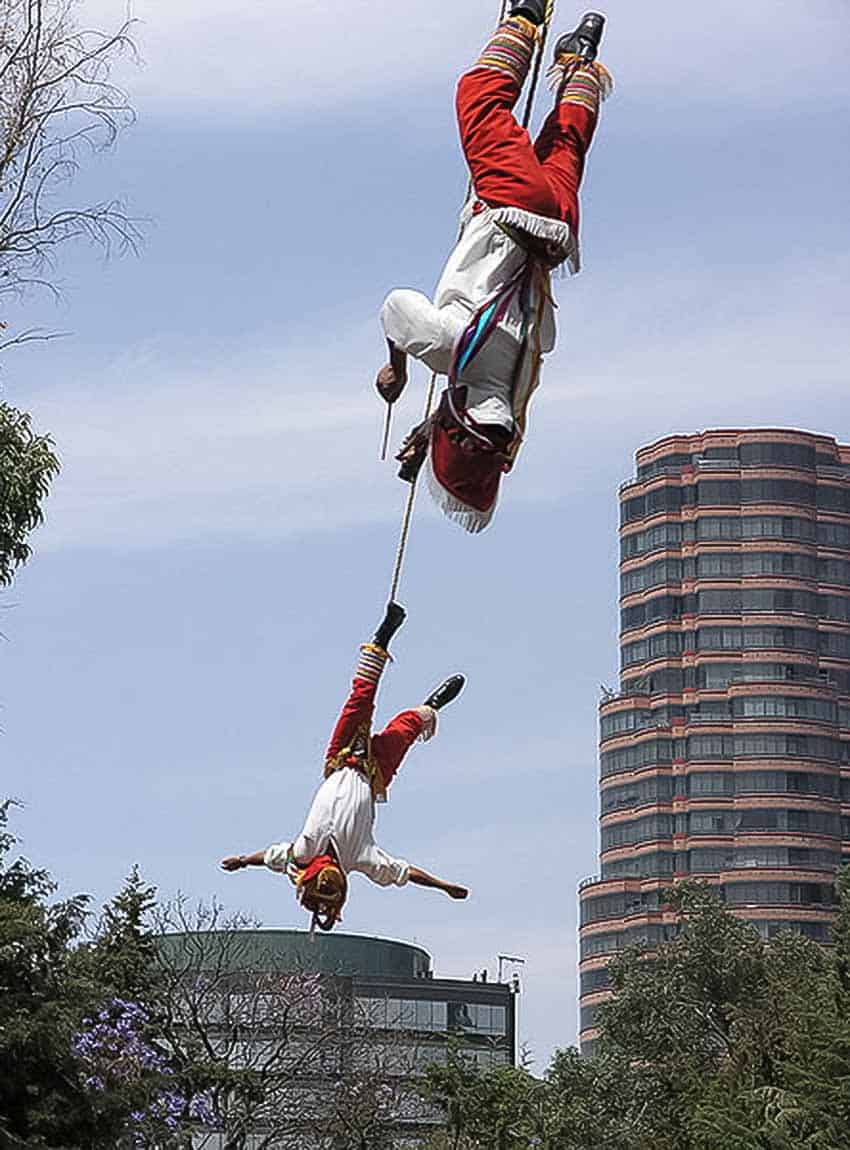
The voladores who are seen in tourist venues in many parts of Mexico are doing shows of no religious or spiritual value. This is not prohibited by community authorities, but there is strong concern that the meanings behind the “spectacle” are being lost.
Many young people are interested in learning how to jump off the pole but less interested in understanding the meanings behind the actions — and even less in those elements that do not earn tips or fees.
To combat this, the women and men of the national council, as well as of other organizations, have set up schools to teach future voladores — girls and boys — to value all of the aspects of the ritual: the costumes and their fabrication, the pre-jump rituals and even the Totonac language.
It’s been a long and slow process for women to get where they are now in this tradition. Jacinta Teresa Hernández believes that female participation is established but that women are still a ways off from true acceptance and equal participation.
Leigh Thelmadatter arrived in Mexico over 20 years ago and fell in love with the land and the culture in particular its handcrafts and art. She is the author of Mexican Cartonería: Paper, Paste and Fiesta (Schiffer 2019). Her culture column appears regularly on Mexico News Daily.
